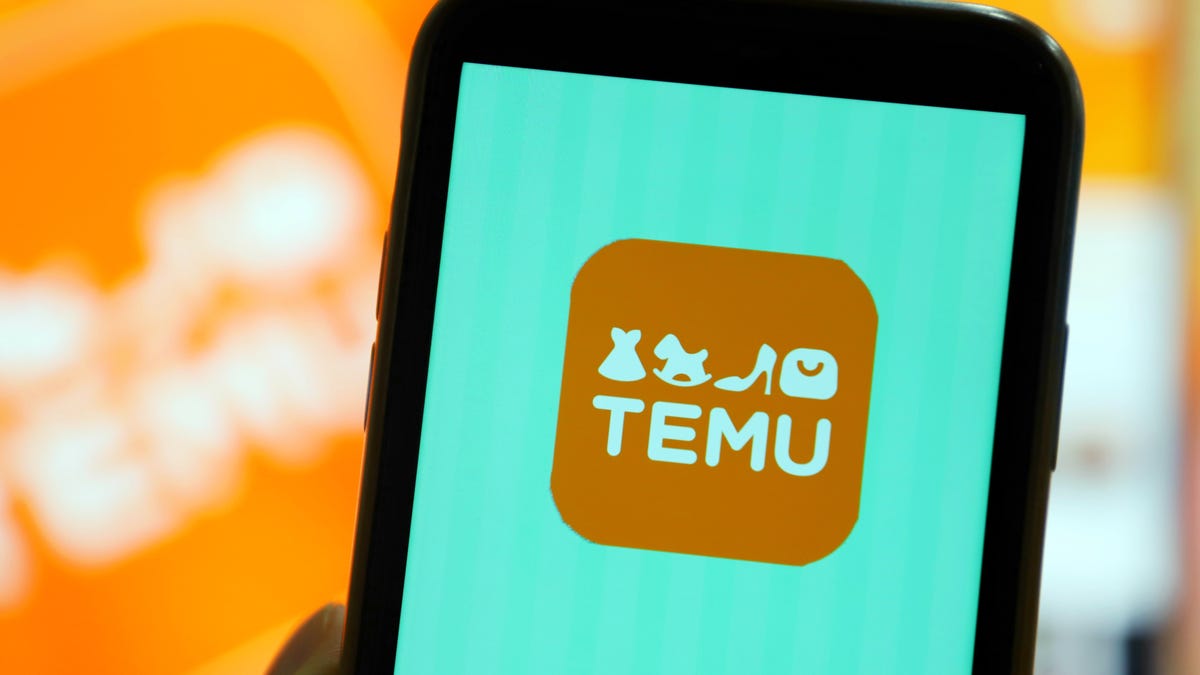EU warns that Twitter/X is major source of social media disinformation
EU warns that Twitter/X is major source of social media disinformation
Twitter: The Epicenter of Disinformation

Twitter, or should we say X, has been identified as the primary source of disinformation among the six major social media networks, according to a recently released EU-commissioned report. The study examined more than 6,000 posts and 4,000 user accounts across Twitter, Facebook, LinkedIn, Instagram, TikTok, and YouTube. It specifically focused on three countries – Slovakia, Poland, and Spain – that were deemed at risk due to impending elections and the associated threat of Russian propaganda. The report revealed that X had the highest ratio of disinformation posts and actors, with Facebook following closely behind, while YouTube ranked last in the list.
“The Russian state has engaged in the war of ideas to pollute our information space with half-truths and lies to create a false image that democracy is no better than autocracy,” stated Věra Jourová, Commission VP of Value and Transparency, during a press briefing on Tuesday. She emphasized that this phenomenon is a “multi-million euro weapon of mass manipulation,” and stressed that large online platforms must address the risks associated with disinformation.
The EU’s Code on Disinformation

In response to the growing threat of disinformation, tech giants including Meta (previously Facebook), Google, Microsoft, and TikTok have taken significant steps to mitigate the risks. Jourová announced that these companies have submitted their first six-month reports as required by the EU’s code of practice on disinformation. Google’s report revealed that it had removed ads from nearly 300 websites connected to state-funded propaganda sites. Meanwhile, Meta expanded its fact-checking partnerships to include 26 partners in 22 European languages.
It’s important to note that these companies first signed the voluntary code in 2018, and their reports now serve as preparation for compliance with the EU’s Digital Services Act (DSA). The DSA is a groundbreaking set of rules governing online content moderation, addressing issues such as illegal content, privacy violations, and disinformation. As a result, the code of practice will be transformed from a voluntary practice to obligatory rules of conduct under this act.
While Twitter had also signed the code back in 2018, it has since withdrawn from it under the leadership of Elon Musk. However, Twitter (referred to as X in the report) cannot escape the consequences of the DSA. Failure to comply with the act could result in fines of up to 6% of its global revenue or even a temporary ban from the European Union.
“Mr. Musk knows he is not off the hook by leaving the code of practice,” warned Jourová. “There are obligations under the hard law. So my message for Twitter/X is you have to comply. We will be watching what you do.”
Generative AI: A New Frontier for Disinformation

In addition to cracking down on platforms, the report also emphasized the importance of establishing safeguards against the generative AI-enabled spread of disinformation. Generative AI has the potential to dramatically amplify efforts to influence or manipulate individuals. Paolo Palumbo, VP at cybersecurity firm WithSecure, explained, “Generative AI can be used to amplify dramatically efforts to influence or shift the feeling of people. For example, if you provide a statement to a platform like ChatGPT and request ‘Please give me 75 varieties in the style of this’, you can generate multiple versions of the same message, making it challenging to trace back to a single source. This enables the bombardment of targeted audiences, such as those on Twitter.”
The findings of the EU-commissioned report shed light on the urgent need for action to combat disinformation on social media platforms, particularly on Twitter/X. As these platforms prepare for their compliance with the Digital Services Act, the battle against disinformation continues. With generative AI as a potential weapon, stringent measures must be implemented to safeguard the integrity of information and protect users from manipulation.




